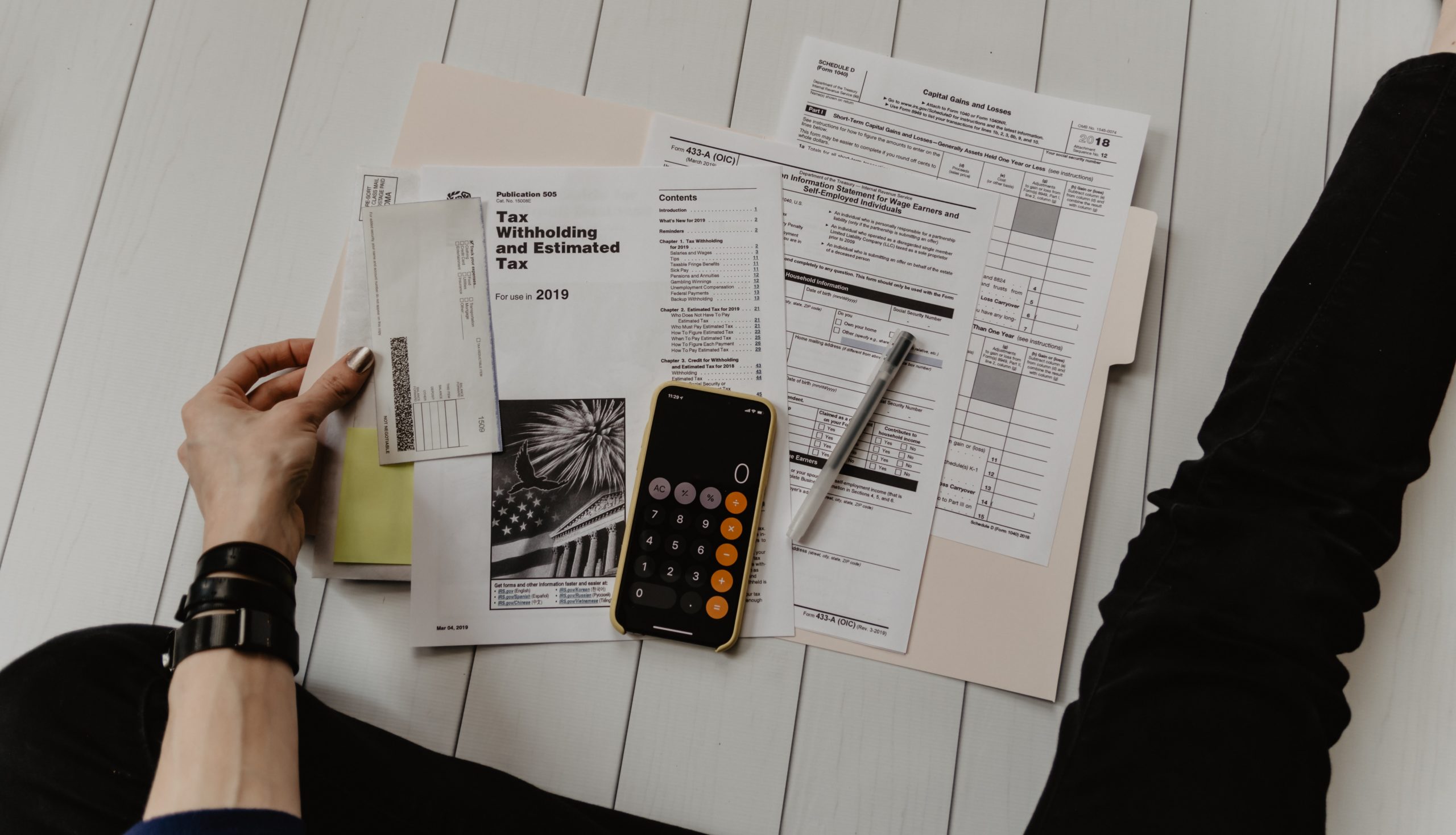If you are self-employed, you are probably used to handling your own taxes come April. But did you know that as a business owner, you are also responsible for making estimated tax payments throughout the year? Estimated taxes are essentially pre-payments for your annual tax liability, and are typically due four times per year. In this blog post, we’ll discuss everything you need to know about estimated taxes – what they are, why you have to pay them, and how to go about making your quarterly payments.
What Are Estimated Taxes?
Estimated taxes are quarterly payments that you make to the IRS in order to cover your expected annual tax liability. This is different from the withholding taxes that are taken out of your paycheck if you are an employee; as a business owner, you are responsible for making sure that all of your taxes are paid on time and in full.
Why Do I Have To Pay Estimated Taxes?
The idea behind estimated taxes is that it allows taxpayers to spread out their tax burden evenly throughout the year, rather than paying one lump sum come April 15th. This makes it easier for taxpayers to budget for their annual tax liability, and prevents them from having to pay interest or penalties for underpayment.
Who Has To Pay Estimated Taxes?
You are required to make estimated tax payments if you expect to owe $1,000 or more in taxes for the year after subtracting any withholding and credits that may apply. You will also need to make estimated tax payments if you had no income tax liability for the previous year AND you expect to owe $1,000 or more in taxes for the current year.
How Do I Know How Much To Pay?
This can be tricky, which is why it’s important to keep good records and track of your income and expenses throughout the year. A good rule of thumb is to estimate that you will owe around 20-30% of your net income in taxes.
How Do I Make Sure I Have Money For My Payments?
There are a few different options when it comes to making sure that you have enough money set aside each quarter to cover your estimated tax payment. One option is to increase the withholding on any other income sources that you may have – for example, if you also work a regular job as an employee and have wages withheld from your paycheck. Another option is to arrange for automatic deductions from your bank account each quarter. Finally, you could simply set aside money each month so that you will have enough saved up when it comes time to make your payment.
How Do I Make A Payment?
IRS Form 1040-ES includes a voucher https://www.irs.gov/forms-pubs/about-form-1040-es which can be used when making a payment by check or money order. You can also make an electronic payment using the Electronic Federal Tax Payment System (EFTPS), or by credit or debit card through an approved service provider https://www.irs.gov/payments. And that’s everything you need to know about estimated taxes! If you have any additional questions or need help getting started, feel free to contact me.
Paying estimated taxes can seem daunting at first, but once you get into the habit it isn’t so bad. And remember – by making these quarterly payments, you’re ensuring that come April 15th you won’t be faced with a huge tax bill and penalties for underpayment! If you have any questions about getting started with estimated taxes, contact me today and I’d be happy to help.

View comments
+ Leave a comment